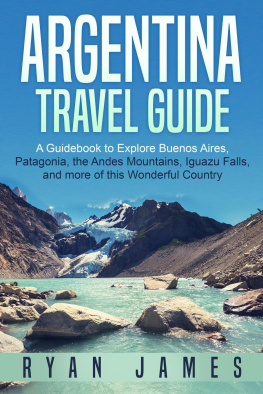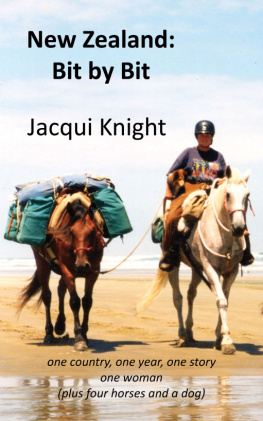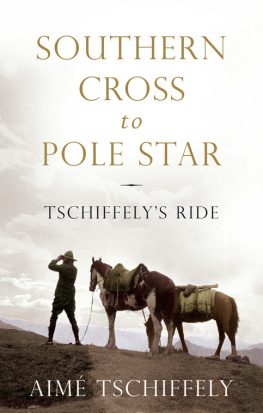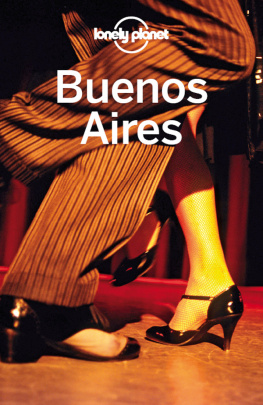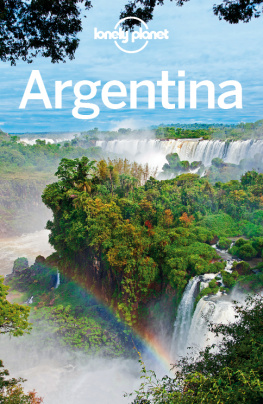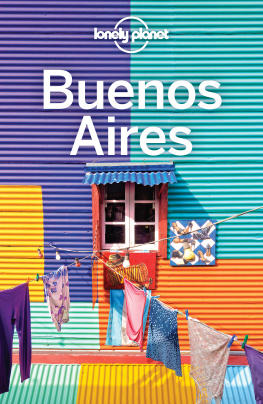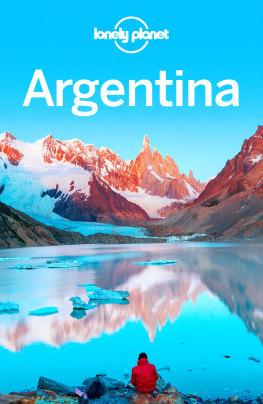
This edition is published by Muriwai Books www.pp-publishing.com
To join our mailing list for new titles or for issues with our books muriwaibooks@gmail.com
Or on Facebook
Text originally published in 1933 under the same title.
Muriwai Books 2017, all rights reserved. No part of this publication may be reproduced, stored in a retrieval system or transmitted by any means, electrical, mechanical or otherwise without the written permission of the copyright holder.
Publishers Note
Although in most cases we have retained the Authors original spelling and grammar to authentically reproduce the work of the Author and the original intent of such material, some additional notes and clarifications have been added for the modern readers benefit.
We have also made every effort to include all maps and illustrations of the original edition the limitations of formatting do not allow of including larger maps, we will upload as many of these maps as possible.
TSCHIFFELYS RIDE:
TEN THOUSAND MILES IN THE SADDLE FROM SOUTHERN CROSS TO POLE STAR
BY
AIM TSCHIFFELY
TABLE OF CONTENTS
Contents
TABLE OF CONTENTS
DEDICATION
To
MANCHA AND GATO
FOREWORD
Let me start this foreword with an apology. I am well aware that critics may, and probably will, find fault with the style of writing. For that I apologise, but it is unavoidable. I have no pretensions to being a writer, and have only done my best to give an accurate description of the countries through which I passed and the many and varied types of people I met.
I rode some 10,000 miles in two and a half years. From Argentina I came north, over cold, barren 16,000-foot ranges; then down into steamy jungles, across the Isthmus of Panama, up through Central America and Mexico, and so to the United States.
I reached Washington with the same two horses with which I startedponies that were 15 and 16 years old when my ride began.
Remote from cities and seaportsfar from white mens hauntsran much of my lonely trail. One night camp might be pitched far from any human habitation; again, I ate and slept with ancient Indian tribes in stone villages older than the Incas.
Of high adventures, hair-breadth escapes, and deeds of daring, there were few; yet in all the annals of exploration I doubt if any traveller, not excepting Marco Polo himself, had more leisure than I to see and understand the people, the animals and plant life of the countries traversed.
Naturally an expedition of this nature was bound to entail a certain amount of adventure and risk, but I have purposely endeavoured to avoid anything that might give an arm-chair voyager the idea that I was exaggerating for the sake of effect.
What is particularly gratifying to me is the knowledge that I have been able to prove that the Argentine Criollo (Creole) horse is worthy of the reputation he has always held among the few that really know him, namely, that of being second to none for continuous hard work under any conditions. My two pals, Mancha and Gato, have shown powers of resistance to heat, cold, hunger, and every hardship imaginable that have surprised even the most sanguine admirers of the breed, and Dr. Emilio Solanet, who presented them to me, must indeed feel proud of them.
I sincerely hope that nothing I have said will hurt the feelings of any reader, for although it may seem that in some cases I have been unduly harsh in my criticism of people, that is not so; rather otherwise. Where I have apparently been severe in my remarks I have in reality been mild, since the whole truth would in many cases be absolutely incredible to anyone who had not seen it with his own eyes.
Let me say in conclusion that I cannot properly express the gratitude I feel to those countless friends whom I met on the journey, whose hospitality knew no bounds, and whose help and encouragement enabled me to carry through to a successful finish.
A. F. TSCHIFFELY
LIST OF ILLUSTRATIONS
The Author, A. F. Tschiffely
Mancha, the stained one and Gato, the cat
Breaking in a wild Argentine pony
Mancha and Gato in the shelter of an Argentinian country police station
A mountain man from near Tucuman, Argentina
A peasant riding trail through the Quebrada de Humahuaca
The youngest son of this old man of the mountains was ninety
Chicha, the native beer, can be found almost everywhere
An old Aymara Indian
Mancha and Gato appraising an ancient idol at Tiahuanaco
Carvings on the Gateway of the Sun at Tiahuanaco
Mancha and Gato on the shores of the Sacred Lake of Titicaca
Young goat-herders among ruins near Cuzco, Peru
The author wearing a mask for protection against sand and saltpeter particles
Swaying root-and-fibre bridges made river crossings difficult
Up these formidable canyons and over giddy chasms puff the trains
The Lima bullring: Villalta, the famous Spanish matador, making a paso alto
Gato is being led by an Indian over this Peruvian chasm
Crossing a ridge near the Apurimac River in upper Peru
It is unsafe to try to cross Peruvian deserts on foot
I had heard many terrible stories about this sandy wilderness...
A typical dizzy suspension bridge in upper Peru
The pack was kept to an irreducible minimum
The horses had to walk very slowly and measure every stride
At the border (Ecuador-Colombia) customs officers, wearing dirty clothes, stopped us
A wayside cross and symbols near a Peruvian town
The Magdalena River: We were on the slow-moving boat for three days
The old dungeons of Cartagena are now inhabited by the poor
Mancha passes a pack ox on a Colombian trail
Midday rest in a hot valley of southern Colombia
A public market in a Colombian village near the Ecuador border
San Salvador: We had the luck to find a ferry-boat, the first and only one we used on the whole trip
Antigua, Guatemala: Before the town was destroyed, nearly two centuries ago, it had 80,000 inhabitants and no fewer than forty-four churches
Guatemala: Marimba bands entertained visitors
Oaxaca, Mexico: The tule tree I saw here is the biggest I came across, and it is claimed that this cypress is over 5,000 years old
Through the thinly peopled Sierra Madre region of Mexico
The women of Tehuantepec enjoy the reputation of being the prettiest in Mexico
The first welcome at Queretaro, Mexico
INTRODUCTION
Impossible! Absurd! The mans mad!
In this way many people stated their opinions, some publicly, some privately, when the news came out that somebody was going to attempt to ride from Buenos Aires to New York with two native Argentine horses. And it cannot be denied that they had good grounds for their opinion. Those who know the topography of the country between Buenos Aires and the States might well doubt the ability of man or beast to undertake such a trip. Overland travelling is hard enough at the best of times, but in an undertaking of this nature the difficulties are so numerous and varied. Will there always be a sufficiency of food and water for the rider and his animals? Can the horses be expected to cross the vast mountain ranges and sandy deserts, and endure the severe variations of heat and cold? What about unfriendly Indians, rainy seasons, insects, fevers?


